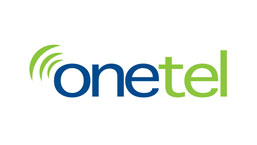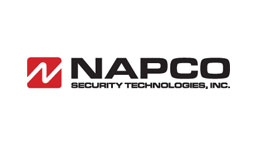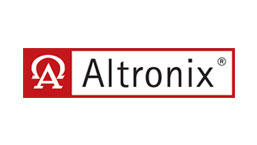Urgent News From UL for Monitoring Centers
UL Statement on Certifications to the US Alarm Monitoring Industry
As developments around the coronavirus COVID-19 continue to evolve, UL has been asked how health risk mitigation techniques might impact Alarm Service Certifications, especially those that involve quarantine, social distancing, work from home, and similar.
At UL, our driving mission is to help create safe living and working conditions for all of our constituencies. This value shapes our Standards and program policies. The emergence of the COVID-19 virus presents a new challenge, but by working together, we can find ways forward.
As in the past, after natural disasters such as hurricane Katrina, superstorm Sandy and others, actions taken to maintain monitoring operations may temporarily be out of sync with the current language of UL827, Central Station Services. In emergency situations like these, know that UL’s primary concern is for the health and safety of your staff and customers. If circumstances prevent you from complying with the written requirements of the Standard for staffing a station, we simply ask that for now, you document your station’s alternate procedure and when it went into/out of practice.
UL is working with industry to develop reasonable guidelines and alternative operating methods for scenarios such as the current COVID-19 outbreak. An initial draft is attached to this statement and will be updated as improvements are identified. These guidelines will eventually form the basis of revisions to UL827 to address pandemic-type scenarios better.
Please note that for US based stations monitoring National Industrial Security System accounts, any deviations from UL827 language need to be discussed with and approved by the relevant US federal security agency with jurisdiction.
UL’s current understanding is that due to the high risk nature of these systems, many Federal Security Agencies will not approve of monitoring outside a UL Certified Central Station operating room. If such monitoring is not available, it is likely defense contractors will have to react in the manner prescribed by the applicable security manual for instances where monitoring is not available or not employed.
At this time, we encourage monitoring stations to make contingency plans for operating in environments where operators are not able to physically come together to monitor signals in a central station operating room. There is a meaningful risk that the rapid spread of COVID-19 could trigger governmental movement and assemble recommendations/controls that would preclude normal station operation.
If you have questions or concerns, please contact Steve Schmit, steven.a.schmit@ul.com, 847-420-8032
In the current COVID-19 mitigation environment, central stations may be challenged to operate in strict compliance with UL Standards. UL expects that stations will make every reasonable effort to exercise options available in UL standards. However, in cases where delivering ongoing monitoring services requires alternate procedures, we request that stations document those procedures and be prepared to share them with UL if/when necessary as a basis for maintaining their UL Certification.
As a last resort, some stations may be considering use of home based operators to process signals. Based on input from industry, UL recommends considering the following guidelines.
Note – For US based stations monitoring National Industrial Security System accounts, any deviations from UL827 language need to be discussed with and approved by the relevant US federal security agency with jurisdiction.
UL’s current understanding is that many Federal Security Agencies will not approve of monitoring outside a UL Certified Central Station operating room. If such monitoring is not available, it is likely defense contractors will have to react in the manner prescribed by the applicable security manual for instances where monitoring is not available or not employed.
VIRTUAL WORKPLACE GUIDELINES
These guidelines are designed to provide procedural guidance to operators who perform job duties at alternative work sites, most specifically at home offices. The virtual work arrangement requires remote operators to be self-motivated and work well with minimal supervision. The following guidelines apply to the virtual environment:
- Virtual workplace operators should be provided with a computer. Home/personal computers shall not be used.
- Connections between virtual workplace computers and central station automation systems shall be made through a secure, encrypted virtual private network (VPN)
- Internet speed may be affected by others in a home using the same internet. This may require an virtual workplace operators to suspend use of the internet by other individuals in the home.
- Multifactor authentication should be required every 24 hours.
- When not on shift, computer should be in shutdown and put in a secure place. This is to prevent any damage of theft of the computer.
- When processing alarms the computer should be setup as not to allow others to view the monitoring screen or any other information.
- When walking away from computer while on shift lock the screen so others cannot gain access to the monitoring window.
- Virtual workplace operators are expected to have an appropriate workspace that is suitably designated for work and segregated in order to eliminate distraction and noise.
- Due to the nature of virtual work arrangement, operators may not provide primary care for a child or dependent during the on duty hours except in the case of an emergency. The focus of an operator’s core working hours must remain on job performance and meeting business demands.
- Virtual workplace operators are advised not to release their home address and telephone number to non-employees of the company.
Download PDFs:








